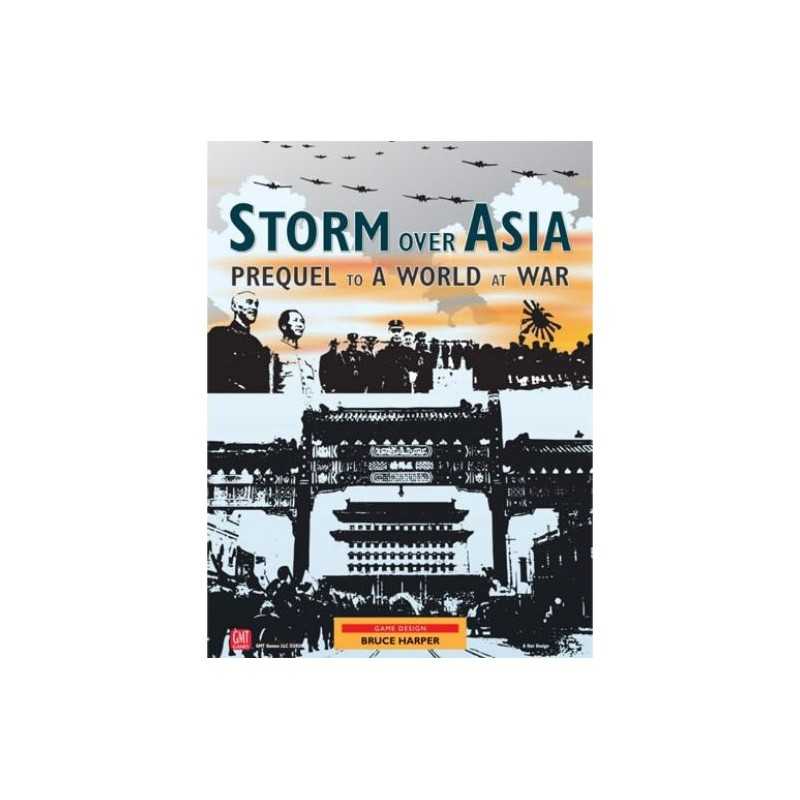- -10%




Storm Over Asia may be played as a separate game in a single session, with its own victory conditions, and may be played alone or in tandem with Gathering Storm, GMT’s pre-war game in Europe. Storm Over Asia resembles Gathering Storm in many ways, and both games have a structure consistent with A World at War, allowing for a seamless transition to whatever alternate war the players planned.
Last items in stock
 ¿Enfundamos tus cartas?
¿Enfundamos tus cartas? Game description
Game descriptionStorm Over Asia is both a companion game to GMT’s A World at War and Gathering Storm, and is a game in its own right, with its own victory conditions. Starting in 1935, Japan, China, Britain, and Russia prepare for war without being sure of just what is coming. Japan must balance its expansion in China, an impending confrontation with the United States and Russia, and the impact of the Pacific theater in a global war. China, Britain, and Russia must try to resist immediate Japanese expansion, while at the same time laying the groundwork for the successful prosecution of war in the Pacific. These short-term and long-term goals will often be in conflict, and misjudgments in either direction may have dire consequences.
Storm Over Asia allows players to explore what might have happened if:
Storm Over Asia may be played as a separate game in a single session, with its own victory conditions, and may be played alone or in tandem with Gathering Storm, GMT’s pre-war game in Europe. Storm Over Asia resembles Gathering Storm in many ways, and both games have a structure consistent with A World at War, allowing for a seamless transition to whatever alternate war the players planned – or stumbled into. There are many similarities between Storm Over Asia and Gathering Storm, and Gathering Storm players will have no difficulty in playing Storm Over Asia. There are also differences between the two games, such as the mechanics for combat in China, and coordinating Japanese and European Axis strategies is perhaps even more challenging before the outbreak of war than it is during A World at War (especially in turns where China draws a random event invoking "German advisors" as the reason for increased Chinese combat abilities). Storm Over Asia includes the following:
 Reviews
Reviews
@CUSTOMER_NAME@
@AUTHOR_PROFILE@ @COMMENT_ISO_COUNTRY@ @VERIFY_PURCHASE@@COMMENT_TITLE@
@COMMENT_COMMENT@